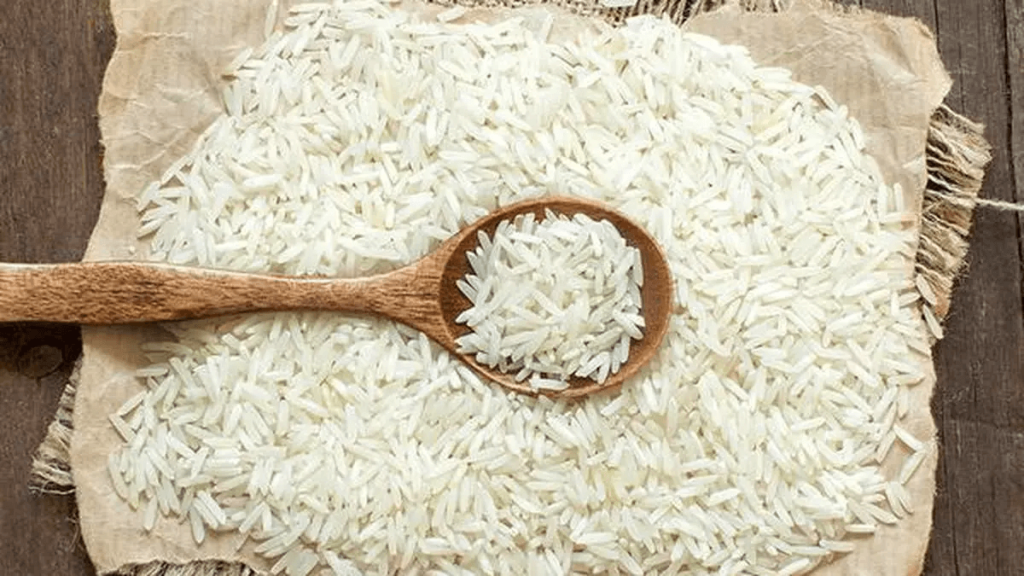Tags
Basmati rice export to South-East Asia: Challenge or opportunity for Indian exporters?
As globalisation impacts everything, food choices everywhere are liberalising — and the potential of Basmati rice as a major export product to South-East Asian nations is yet to be mapped.
By Anshul Garg

Rice is one of the major staple foods in Asia, particularly in the South-East Asian nations. ASEAN (Association of Southeast Asian Nations) countries are some of the largest consumers of rice in the world, with a major market for parboiled rice.
Speaking about India’s signature Basmati rice, the long-grained variant is often not preferred by the residents, who instead favour short-grain sticky rice. However, as globalisation impacts everything, food choices everywhere are liberalising — and the potential of Basmati rice as a major export product to South-East Asian nations is yet to be mapped.
Furthermore, considering the importance of rice in the domestic markets, several nations in the region have focused on growing their capacities.
While countries like Indonesia still import a significant amount of parboiled rice from India, the demand or export for Basmati is yet to gain traction.
Vietnam and Thailand were major rice exporters in the region but deal only in parboiled rice, which may lead to an opportune moment for Indian Basmati exporters to carve out a new strategic market in future. However, whether this will be a challenge or opportunity is up for debate among key Basmati exporters in India.
Challenge
Exporting basmati rice in South-East Asian countries is multi-dimensional. For starters, consumers in the market are oriented toward short-grain sticky rice that has historical, cultural as well as culinary significance.
Basmati rice, on the other hand, is long-grained, aromatic, and non-sticky – and the subsequent impact of integrating it into one’s regular diet is complex at best.
Additionally, short-grained sticky parboiled rice that is grown in the region is a more cost-effective solution for the residents in the ASEAN nations, compared to Basmati that are grown in India.
In ensuring Basmati as a mainstream option for mass diet, a significant paradigm shift will be needed in the market and consumers’ conscience that has been deemed unrealistic by some exporters.
However, others believe that through strategic campaigns that promote Basmati rice to the consumers in these markets, the Indian long-grained aromatic variant can gain significant market share.
These efforts, however, depend on the specific market; for example, Indonesia and Vietnam are among the largest rice exporters of the world, meaning it makes little sense to promote Basmati rice in these regions compared to other nations like Brunei, Timor-Leste or Singapore.
The primary challenge of exporting Basmati to these new geographies is consumer choice that favours local parboiled sticky rice. Although some exporters believe a paradigm change can be expected given the localization of global food choices, resulting in opportunities in the domain.
Opportunity
Consumers in South-East Asian countries depend on rice as a staple food and currently prefer short-grained sticky parboiled rice.
Driven by this domestic demand, ASEAN countries have historically focused on cultivating the crop within the national borders. However, considering the globalisation at grassroots levels, and with a few South-East Asian country’s import dependency (the Philippines for example), Indian Basmati exporters can adopt a proactive measure to strategically promote the long-grained variant at targeted geographies.
However, the overall penetration of Indian rice (parboiled or otherwise) is relatively lower in the region, which is dominated by exporters from Vietnam and Thailand – but the unavailability of Basmati may be favourable for the Indian exporters in general.
This gap can prove to be an opportunity for Indian Basmati exporters in the future, however, significant strategic interventions at the grassroots level will be required to achieve the optimal demand.
In brief, the future of Indian Basmati exports in key South-East Asian markets depends on exporters undertaking strategic campaigns to enhance the demand for the product among consumers.
For example, getting consumers to taste Indian Basmati rice could become a successful strategy, however, nationwide sampling could not be viable. The opportunity lies in the increased globalisation of food choices, and bridging the gap slowly yet constantly could be the right step for Indian Basmati exporters to capture significant market capitalisation in future.
Viability
Basmati rice is considered one of the signature export products of India. The Government of India, along with exporters, have been working in tandem to increase exports for some time now.
While the demand for Basmati rice has seen a gradual rise over the years in key markets in Europe, North America and the Middle East, it remains very less in South-East Asian nations, where consumers prefer local rice grains. While some positive changes have been witnessed in the overall outlook in these markets on Basmati rice, it is yet to become a concerning demand gap per se, meaning the viability of large-scale exports remains unattractive.
However, this outlook is witnessing a slow yet steady shift to integrate global food choices and standards in localised cuisines, which can provide the necessary push for Basmati rice to be exported to these regions in future. But as mentioned before, achieving this opportunity rests on overcoming multiple challenges — difficult but possible, providing Indian Basmati exporters a necessary push towards scalability and growth.
The author is Director & CEO of Aroma AAT Basmati Rice.
Published Date: September 30, 2024






